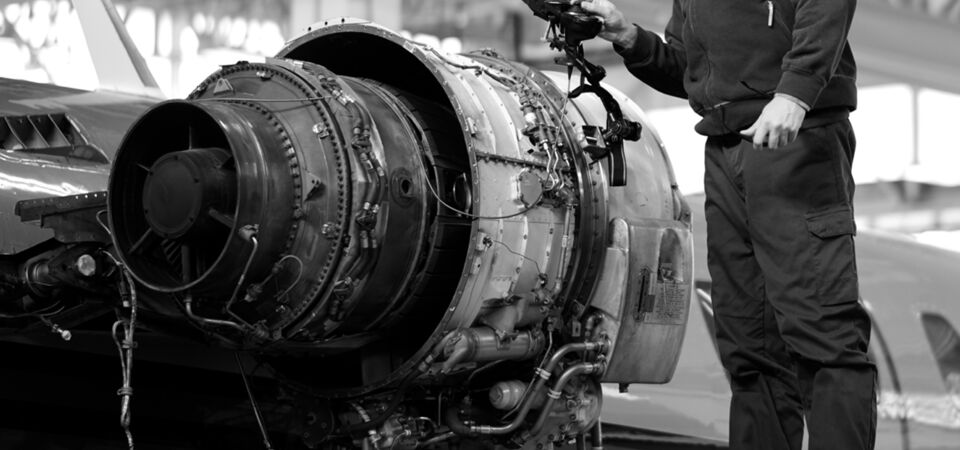AS13100
The enhanced quality management standard for engine manufacturers in aerospace and defense.
Increasing engine quality, safety and consistency
AS13100 is a comprehensive set of enhanced quality standards specifically for engine manufacturers and their suppliers. Using AS9100 and AS9145 as a baseline, it expands on existing industry standards and provides meticulous supplementary requirements for the production of engines and their components.
- Commit to prioritizing safety
- Meet customer requirements
- Consistently deliver high quality

The benefits of AS13100 compliance
Complying with AS13100 is likely to be a prerequisite of supplying parts to any engine manufacturer. By adhering to the standard you can become an approved vendor to secure new contracts, while demonstrating your commitment to producing high quality, safe and compliant engine parts.
- Streamline engine parts manufacturing
- Improve product quality
- Enhance product and procedural safety

Meeting the requirements of AS13100
AS13100 requirements |
Ideagen solution |
|---|---|
| Adhere to rigorous testing and quality control procedures to ensure parts comply with industry standards. | Implement best-in-class quality control procedures by taking advantage of Ideagen’s purpose-built quality solutions. |
| Conduct design failure mode and effects analysis (DFMEA) on every engine component. | Identify and plan for process stages with potential quality risk to reduce process development time and cost using Ideagen Quality Control. |
| Regularly review processes and procedures to identify opportunities for improvement and change. | Use integrated Ideagen Quality Management modules to fully document your quality processes and automate workflows including review stages. |
| Comply with the APQP and PPAP processes outlined in the AS9145 standard. | Ideagen Quality Control is tailored to help you deliver APQP and PPAP processes that are fully compliant with AS9145. |
| Maintain AS9100 compliance as a baseline, alongside additional requirements for engine components. | Ideagen Quality Control and Ideagen Quality Management are used together to unlock full compliance with the demands of AS9100. |
AS13100 FAQs
Why was AS13100 introduced?
AS13100 was developed by the Aerospace Engine Supplier Quality (AESQ) committee to enhance and simplify quality management in engine manufacturing.
This consolidates manufacturers’ bespoke requirements into a streamlined, common set of standards.
Who needs to comply with AS13100?
It’s the responsibility of engine manufacturers to require their suppliers to be AS13100 compliant.
So, the standard applies to any engine component supplier receiving it as a requirement in a customer’s purchase order or other contractual document.
Are advanced manufacturing techniques included?
Yes, AS13100 emphasizes the use of advanced manufacturing techniques such as additive manufacturing and electron beam melting.
As a result, manufacturers can utilize the latest innovations while meeting industry requirements.
How is the standard structured?
The standard document is divided into three chapters. While chapter A builds upon AS9100, chapter B mandates and expands on AS9145.
Chapter C, entitled ‘core defect prevention tools to support APQP and PPAP’, aims to standardize defect prevention.
When should DFMEA be applied?
AS13100 requires that every dimension and characteristic of every engine component be validated through design risk analysis, and recommends DFMEA as the preferred method.
So, DFMEA should be applied to every part before it enters production.




